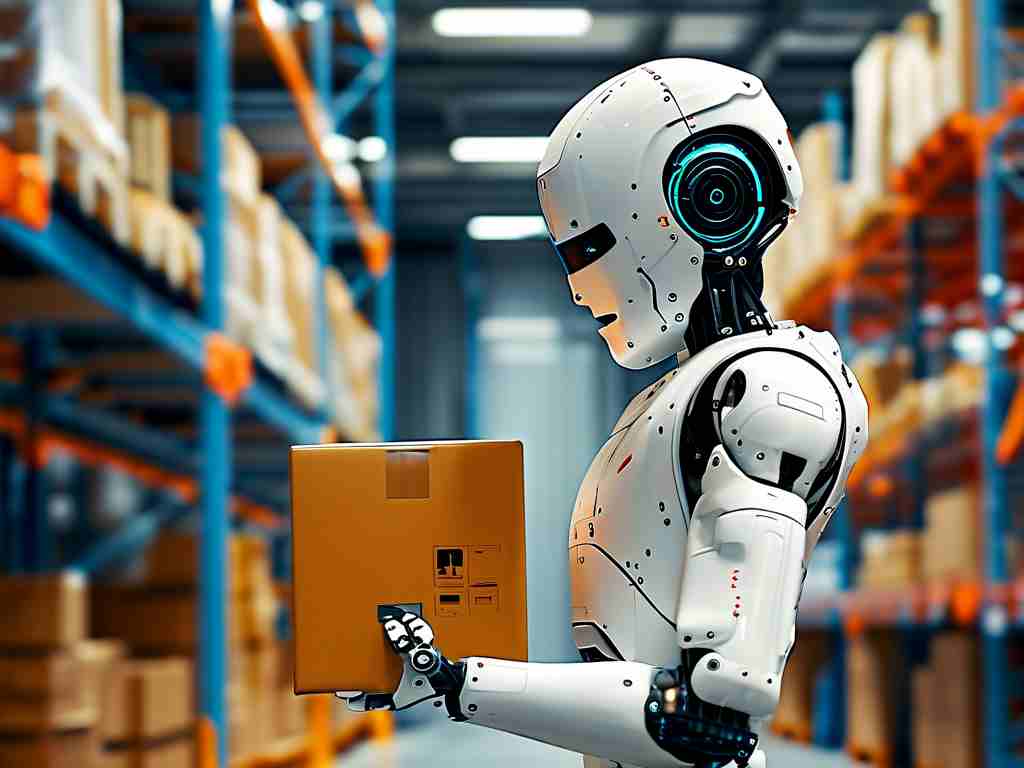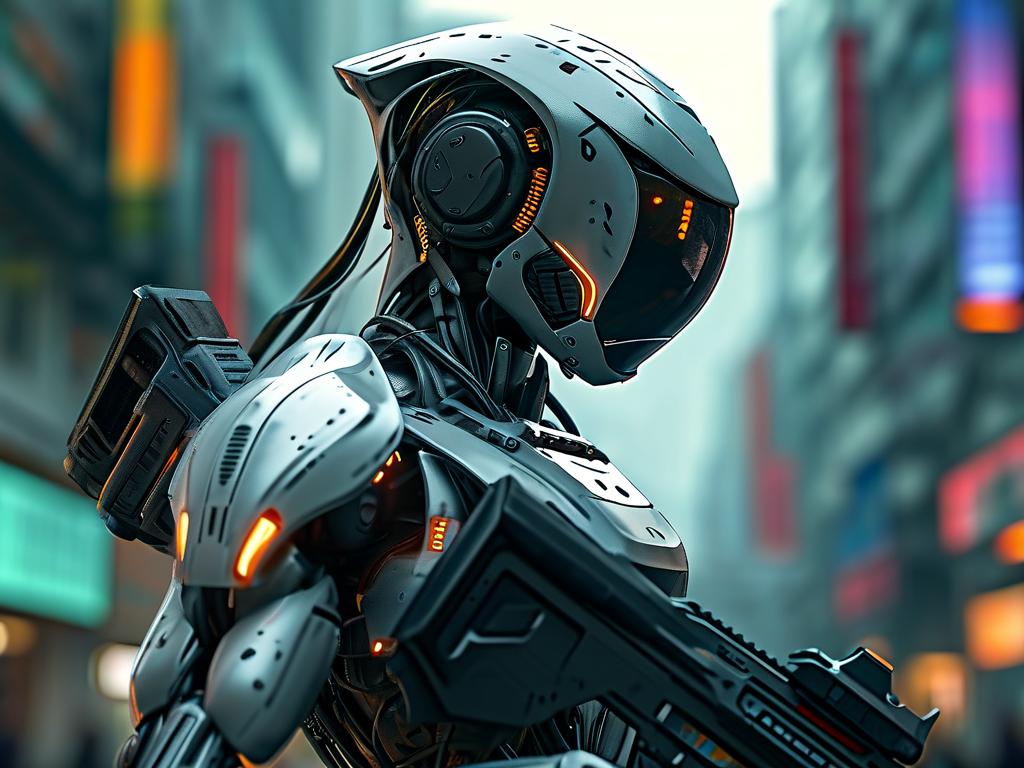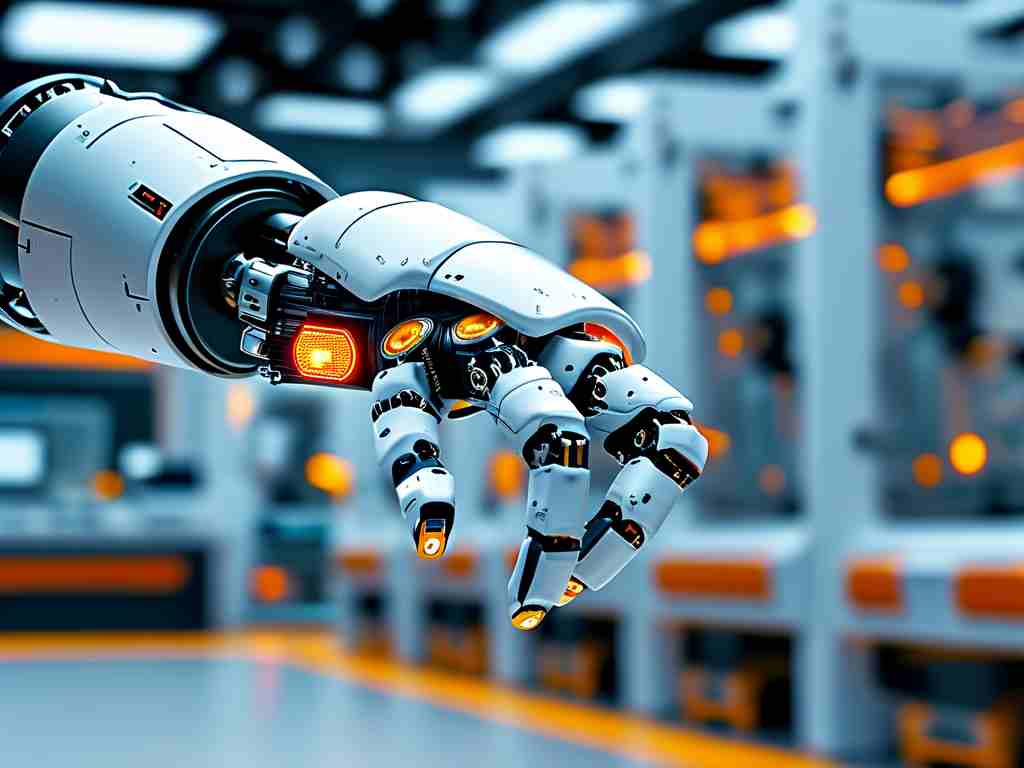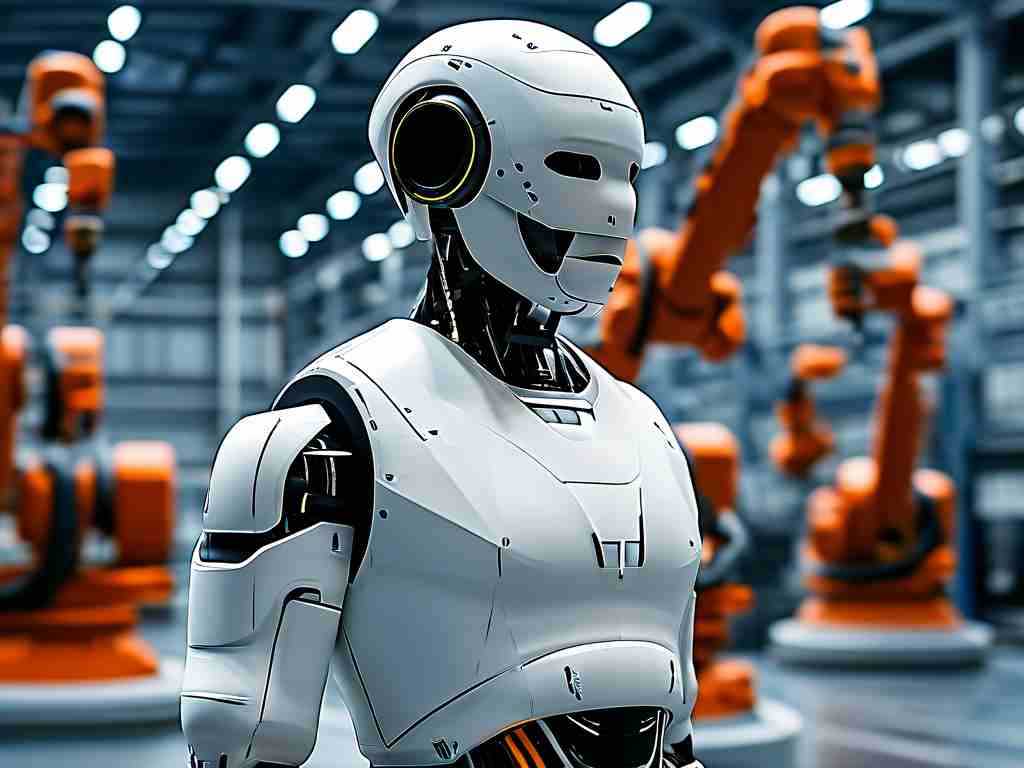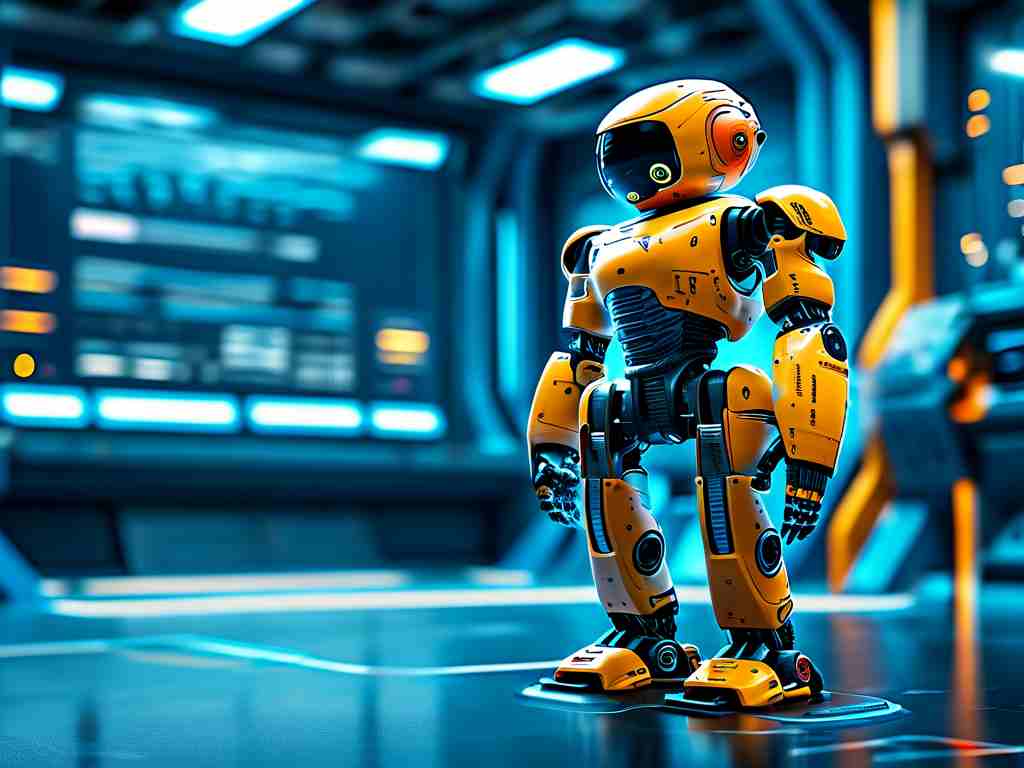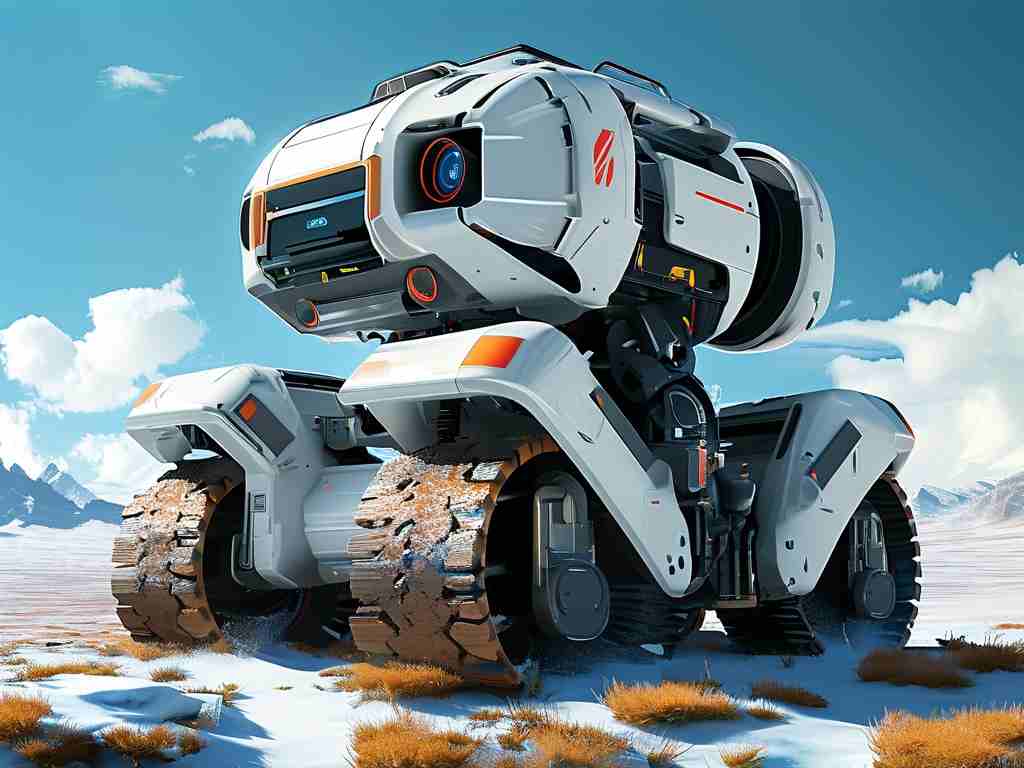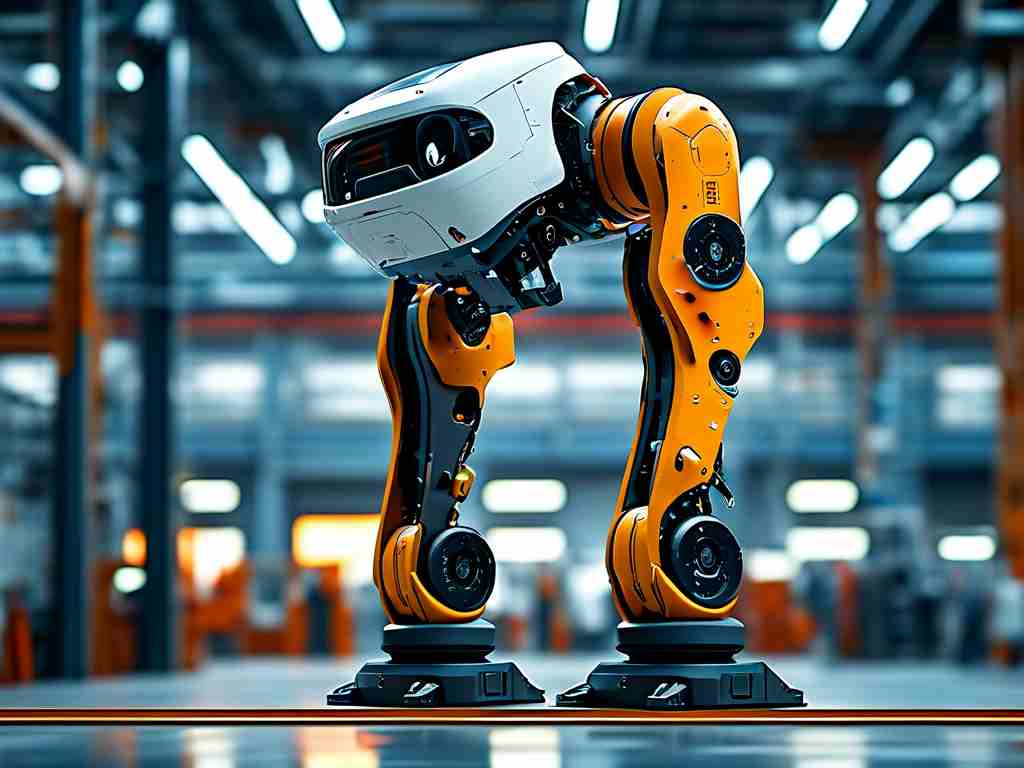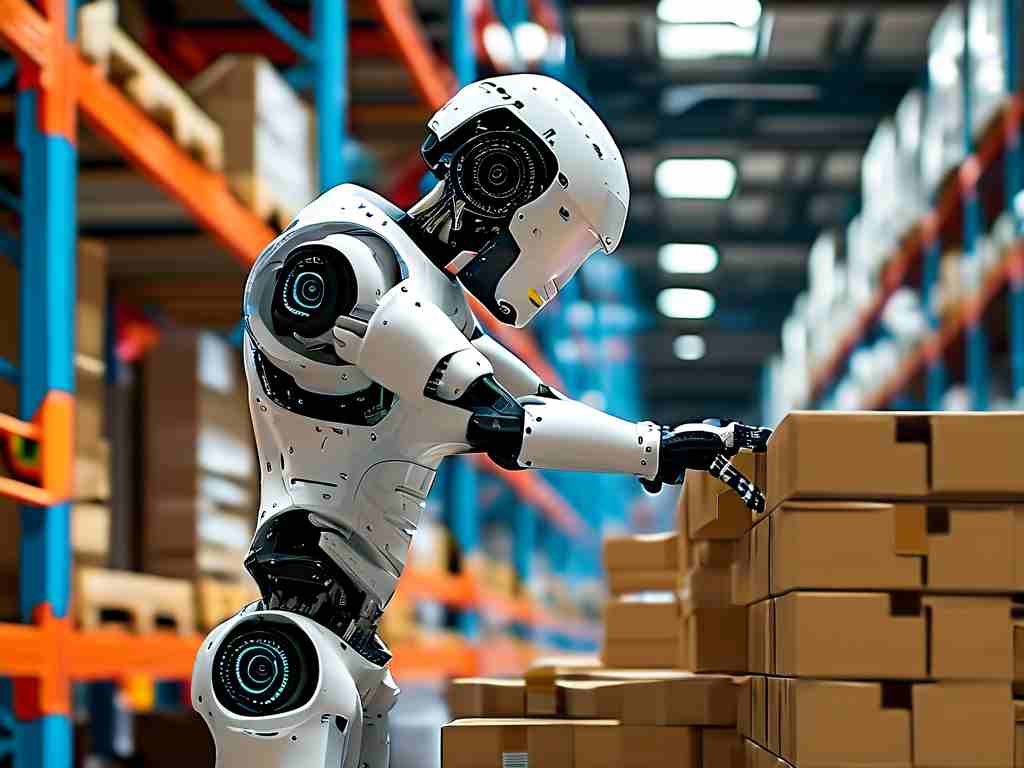Bionic robotics represents a cutting-edge field where machines emulate biological organisms, and in recent years, domestic advancements within China have propelled this technology to new heights. This surge in innovation stems from concerted efforts by Chinese researchers and companies, aiming to enhance human-machine interaction across various sectors. The core of domestic bionic robot technology lies in its ability to replicate natural movements, such as those seen in animals or humans, through sophisticated sensors, actuators, and AI algorithms. For instance, Chinese firms have developed robots that mimic insect locomotion for agile exploration in hazardous environments, or humanoid models that assist in elderly care, demonstrating remarkable dexterity and adaptability. These breakthroughs are not merely academic; they translate into tangible real-world applications that address societal needs while showcasing China's growing prowess in global tech leadership.
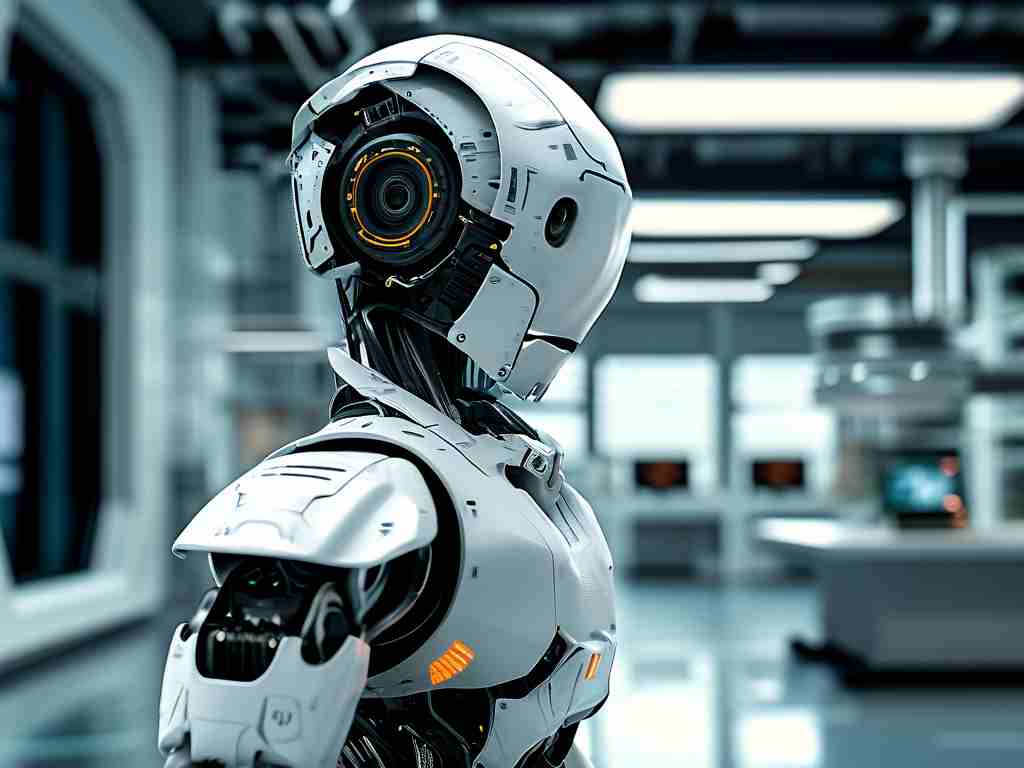
One significant area where domestic bionic robots excel is in healthcare. Hospitals in major Chinese cities now deploy bionic limbs and exoskeletons that restore mobility to amputees or stroke patients. These devices integrate neural interfaces, allowing users to control them intuitively with brain signals, a feat achieved through collaborations between institutions like Tsinghua University and private enterprises. Beyond medicine, this technology extends to disaster response; robots designed with snake-like flexibility can navigate rubble during earthquakes, reducing risks to human rescuers. Such innovations highlight how domestic efforts prioritize practical utility, often outpacing international competitors in cost-effectiveness and scalability. However, challenges persist, including high development costs and ethical debates over AI autonomy, which Chinese policymakers are addressing through funding initiatives and regulatory frameworks to ensure responsible innovation.
In the industrial realm, domestic bionic robots are revolutionizing manufacturing and logistics. Companies such as DJI and Siasun have introduced robotic arms that mimic human hand movements for precision assembly, boosting efficiency in factories while minimizing errors. This adaptability is crucial for China's push towards smart manufacturing under initiatives like "Made in China 2025." Additionally, agricultural applications feature robots that imitate bird or insect behaviors for crop monitoring, using computer vision to detect pests and optimize yields sustainably. These advancements not only enhance productivity but also align with environmental goals, reducing resource waste through bio-inspired designs. Despite these gains, technical hurdles like battery life limitations and sensor accuracy remain, spurring ongoing R&D to refine these systems for broader adoption.
Looking ahead, the future of domestic bionic robot technology appears promising, with potential expansions into education and entertainment. For example, interactive robots in schools foster STEM learning by simulating biological processes, making complex concepts accessible to students. Meanwhile, in consumer markets, bionic pets and companions offer therapeutic benefits, reflecting a cultural shift towards embracing technology in daily life. Yet, to sustain this momentum, China must navigate global competition and ensure equitable access, avoiding disparities where only urban centers benefit. Collaborative projects with international partners could accelerate progress, fostering knowledge exchange while maintaining a focus on ethical AI development. Ultimately, domestic bionic robots symbolize a fusion of nature and engineering, poised to reshape industries and improve quality of life worldwide.
In , the strides in China's bionic robot sector underscore a transformative era in robotics, driven by innovation that balances biological inspiration with technological precision. As these machines evolve, they promise to tackle pressing global challenges, from healthcare shortages to environmental crises, cementing China's role as a leader in this dynamic field. With continued investment and ethical stewardship, this technology could unlock unprecedented possibilities, making the once-fantastical visions of bionic integration a reality for generations to come.


